How to use Rodent Bait Station the Right Way for Effective Rodent Control
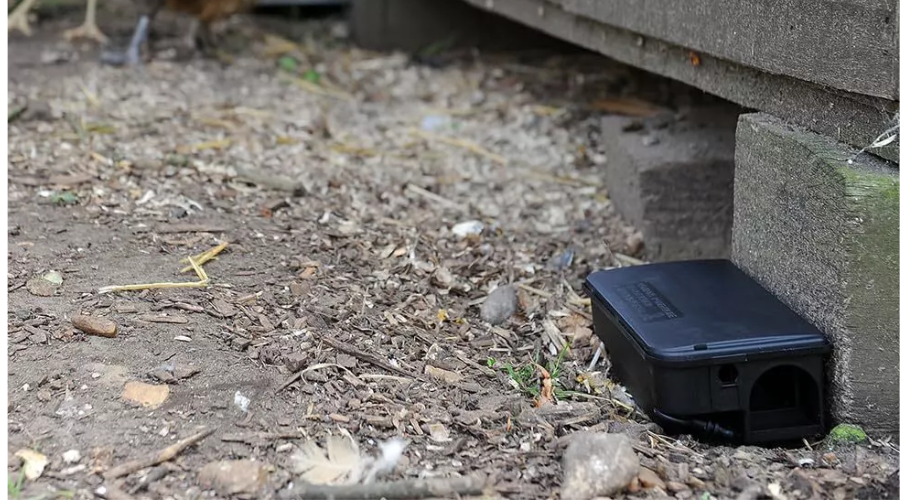
You have got some uninvited furry guests in your house, huh? Don’t worry, it happens to the best of us. Those little critters can be pretty sneaky. But before you start stressing out or reaching for that cartoon-style mousetrap, let’s talk about a smart way to deal with this.
Now, I know what you’re thinking. “Rodent Bait stations? Aren’t those just fancy mouse traps?” Well, kind of, but they’re a lot more clever than that. These nifty devices are like secret weapons against rodents. They’re designed to attract mice and rats while keeping the bait safe from weather, kids, pets, and other animals that might accidentally stumble upon them. But here’s the thing – you can’t just plop these stations down anywhere and expect magic to happen. There’s a bit of know-how involved. So, let’s break it down and make you a rodent control pro in no time!
So, grab a cup of coffee, get comfy, and let’s get ready to become rodent control experts. By the time we’re done, those mice and rats won’t know what hit ’em!
First Things First: Playing Detective
Before we jump into the world of bait stations, we need to channel our inner Sherlock Holmes and find out where these critters are hanging out. Here’s what you’re looking for:
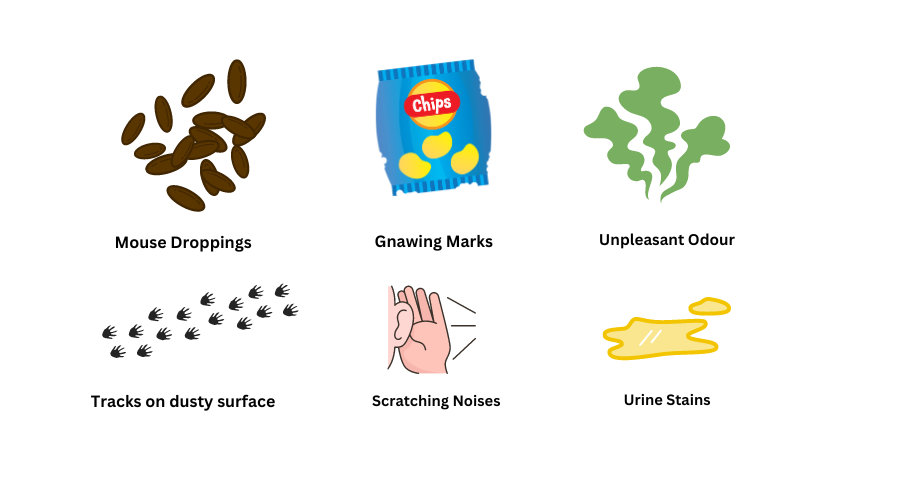
- The Visual Clues: Keep your eyes peeled for tiny footprints, fresh damage, droppings – yeah, it’s gross, but super helpful, and greasy smears on walls or roof beams. It’s like they’re leaving you a treasure map to their hideout!
- The Soundtrack: At night, listen for the squeaks and scurries. If you hear what sounds like tiny arguments, that’s probably rats fighting over territory. Once they settle their beef, they’ll quiet down.
- The Smell: If your nose catches a whiff of something that smells like a really strong, unpleasant ammonia, congratulations! You’ve just smelled Eau de Rodent. It’s not a perfume you want in your home, trust me!
Picking the Right Bait Station
Now, let’s start with picking the right bait station for your rodent situation.
Rat Invasions or Just a mice in the House?: If you’re dealing with rats, go for larger stations. These stations can handle both rats and mice. Look for stations labelled as rat or rodent bait stations. Just mice? Then, a smaller station will do the trick. They’re perfect for tight spaces and are often more discreet.
Secure Bait Placement: Inside the station, there should be a way to secure the bait. This might be rods for bait blocks or separate compartments for other bait types. This keeps the bait in place and makes it harder for anything to remove it from the station.
Tamper Resistant: Also, make sure it’s tamper-resistant. You don’t want your curious cat or toddler getting into it. Look for stations with special locks that need a key to open. This isn’t just any old lock – it’s designed to be tough for little hands (or paws) to figure out. It’s like a tiny safe, but instead of keeping valuables in, we’re keeping the bait in and everything else out.
Appropriate for the Location: Additionally, before buying, think about where you’ll put them. There are sneaky ones that blend in with your yard, and flat ones that can hide behind your fridge, or compact ones for small places.
Extra Features to Consider
Ease of Monitoring: Some stations have clear tops or monitoring windows, allowing you to check bait levels without opening the station.
Multiple Entry Points: Stations with more than one entry point can be more attractive to rodents, increasing the chances of them entering.
Weather Resistance: If you’re using outdoor stations, make sure they’re designed to withstand rain, sun, and temperature changes.
Choosing the Right Bait
Now that you’ve got your bait station, let’s talk about what to put in it. Not all bait is created equal, and some work better in stations than others. Here’s the scoop:
Strength: If you’ve got a rodent party going on, you might need the strong stuff. But if you’re just dealing with a few uninvited guests, or you’ve got pets or wildlife to consider, go for the milder, or even non-toxic options.
Forms: Not all bait forms work in every bait station, so it’s important to choose the right one. Bait blocks are the most common and versatile, often with pre-drilled holes that make them easy to secure inside the station. Some stations can hold both blocks and soft bait. Pellets are useful for targeting rodent burrows, while grain bait is great for areas where rodents feed on grain, especially for mice. Paste bait is super attractive and works well in places with lots of competing food sources. Many bait stations can also fit snap traps as an alternative to poison baits. The type of bait you can use depends on your bait station’s design; some have rods for securing bait blocks vertically or horizontally. Always check your bait station’s specifications to make sure you’re using the right type of bait.
Attractiveness: Some baits are more appealing to rodents than others. If you’re not seeing results, you might need to switch to a more attractive option.
Safety: Always prioritize safety. Use bait forms that can be securely fastened inside the station to prevent spillage or removal.
Pro Tips when using the Baits
No matter what type of bait you choose, always wear gloves when handling it. This isn’t just for your safety – it also prevents your scent from getting on the bait, which could deter rodents. Rotate your baits occasionally. Just like us, rodents can get bored with the same old menu. Switching things up can improve your chances of success. Always remember to read the label of your chosen bait and follow the instructions carefully. Different baits may have different usage guidelines, and it’s important to use them correctly for the best results and maximum safety.
Proper Placement of Rodent Bait Stations
Strategic placement is key to effective rodent control:
- Identify rodent pathways: Place stations along walls and linear structures where rodents typically travel.
- Position correctly: Set the entrance holes against the structure to encourage rodents to enter.
- Space appropriately: For rats, place stations 15-30 feet apart. For mice, space them 8-12 feet apart.
Cover the perimeter: For a house under 2,000 square feet, use about six stations to cover the perimeter
Safety and Maintenance
Environmental Considerations
Follow these guidelines to ensure safe and effective use:
- Always wear gloves when handling bait stations to minimize human scent.
- After loading, ensure the lid snaps shut and can only be opened with the provided key.
- Check stations frequently, replenishing bait as needed.
- Track bait consumption and rodent activity to gauge the effectiveness of your control efforts.
Be mindful of the environmental impact:
- Use tamper-proof stations to prevent access by non-target animals.
- Consider the potential for secondary poisoning if predators consume poisoned rodents.
- Dispose of dead rodents properly to prevent disease spread.
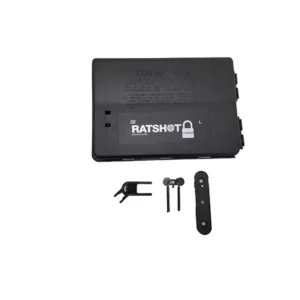




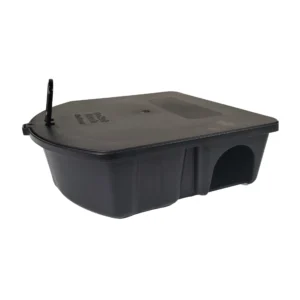
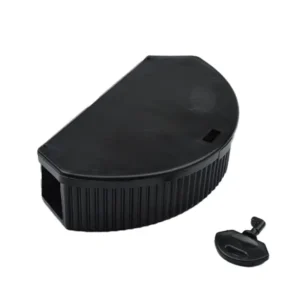
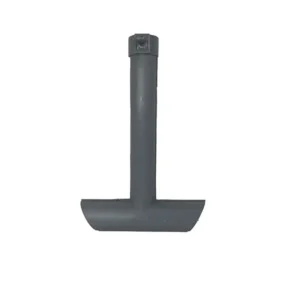
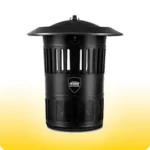 Mosquito Traps
Mosquito Traps